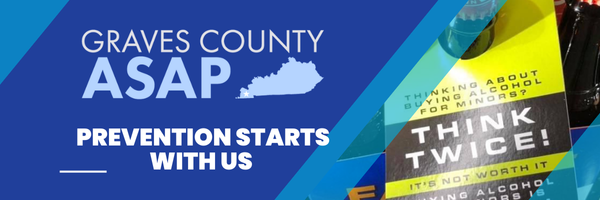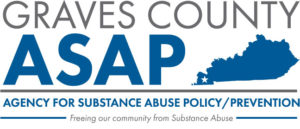
Our vision statement is:
“Freeing our community from substance use”
Our mission statement is:
“The Graves County Agency for Substance Use Policy board will help our community be free of alcohol, tobacco, and other drugs (ATOD) by helping change the culture that approves of and supports ATOD. This will be accomplished by working with concerned community partners to educate, treat, and prevent ATOD use”
GC-ASAP believes drug abuse is a preventable behavior and drug addiction is a treatable illness. We partner with schools, law enforcement, businesses, religious organizations, parents, youth, city/county government, social agencies, organizations, and other community members in recognizing problems, identifying potential solutions, and implementing those strategies. We include key community leaders as essential sources of influence and resources, greatly enhancing the coalition’s ability to develop and implement its vision.
This empowerment process is social, physical, intellectual, psychological and spiritual. GC-ASAP defines concerns and creates plans for action knowing that change is possible when everyone is involved.
Learn more about Graves County Substance Use Resources.
“The easiest addict to treat is the one that never started, and that is why prevention is KEY.”

